As businesses enhance their digital capabilities and begin to conduct more business over the internet, cybersecurity and data protection are becoming paramount. Failure to adequately secure data within a network can increase the chances of data corruption or data theft, both of which can have negative financial consequences for the impacted business. In 2018, the average cost of a single lost record was $148 with the average cost of a data breach involving more than one million records being over $40 million.
To ensure the integrity of your data and to minimize the risks of data loss, measures must be implemented to keep your data secure. Discussed below are the top five data protection strategies that should be put in place to ensure that your business data is kept secure and well maintained.
DATA ENCRYPTION
All data within a network should be fully encrypted; this ensures that would-be cybercriminals are unable to decipher the data in the event of a data breach. For data within a network to be fully secured, all data states should be encrypted; failure to encrypt all data states leaves it vulnerable to theft or corruption. The various data states that should be encrypted are:
- Data in use: This is data that is actively being processed by an application; it is being updated, viewed, or generated. This is the most challenging data state to encrypt.
- Data in transit: This is data that is being transmitted from a sender application to a receiver application. This is the most vulnerable data state because the data can be easily hijacked or intercepted before it gets to the intended recipient
- Data at rest: This is data that is not currently in use and is kept in a storage device until when needed.
DATA BACKUP TO THE CLOUD
Backing up your data to the cloud is one of the best ways to guard against data loss. Cloud data backup should be done on a frequent and regular basis; this is especially important for mission-critical data whose loss or corruption can severely hinder normal business processes and operations. Backing up your data to the cloud allows for easy scalability; the size of your cloud data storage can be readily expanded to accommodate your data storage needs.
PASSWORD PROTECTION
Password control is the primary line of defense in safeguarding the data within your network. Sensitive information should be password protected such that only users who know the password can access the data. The password that is used to secure the data should not be used for other applications or tools; it should be strong, with a combination of letter, numbers, and special characters, as well as unique. In addition, the password should be provided only to individuals who need access to the data to carry out their job duties. Furthermore, the password should be changed on a regular basis.
IDENTITY AND ACCESS MANAGEMENT (IAM)
One of the major ways to secure your data is to regulate the users that have access to your network, and by extension, your data. Access to your network should only be granted to individuals who need the relevant data to carry out their job duties; access should be terminated as soon as the data in your network is no longer needed. In addition, each user should have an individual user account; the use of shared accounts should be minimized as much as possible. Furthermore, for users with access to your network, only the minimum rights needed to carry out their job responsibilities should be provided; this is known as the principle of least privilege
INTRUSION DETECTION AND PREVENTION SOFTWARE
Part of keeping your data secure is monitoring and regulating the traffic in and out of your network. Prompt identification of network threats allow for necessary measures to be implemented before any significant data corruption or data loss occurs. Intrusion detection and prevention software are applications that constantly monitor network traffic for well-known threats. These applications can be configured to carry out a host of actions to neutralize any recognized network threats.
For more information about how Otava can protect your data, contact us.

